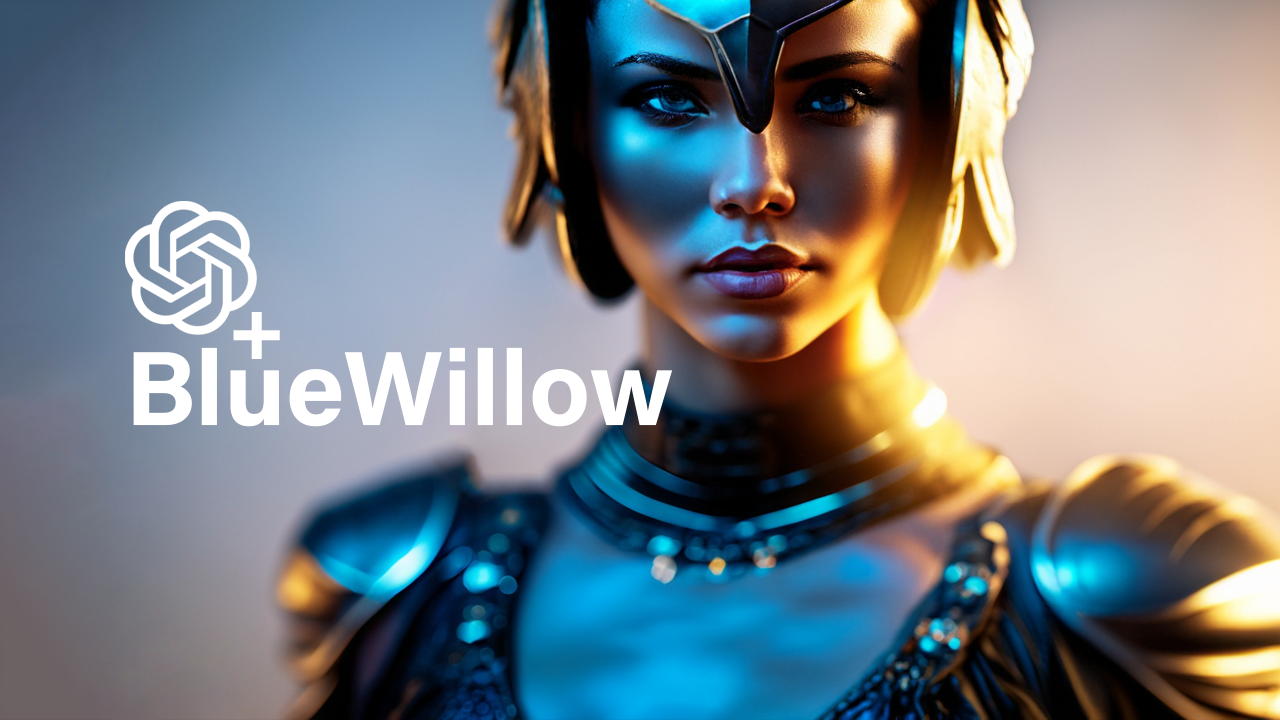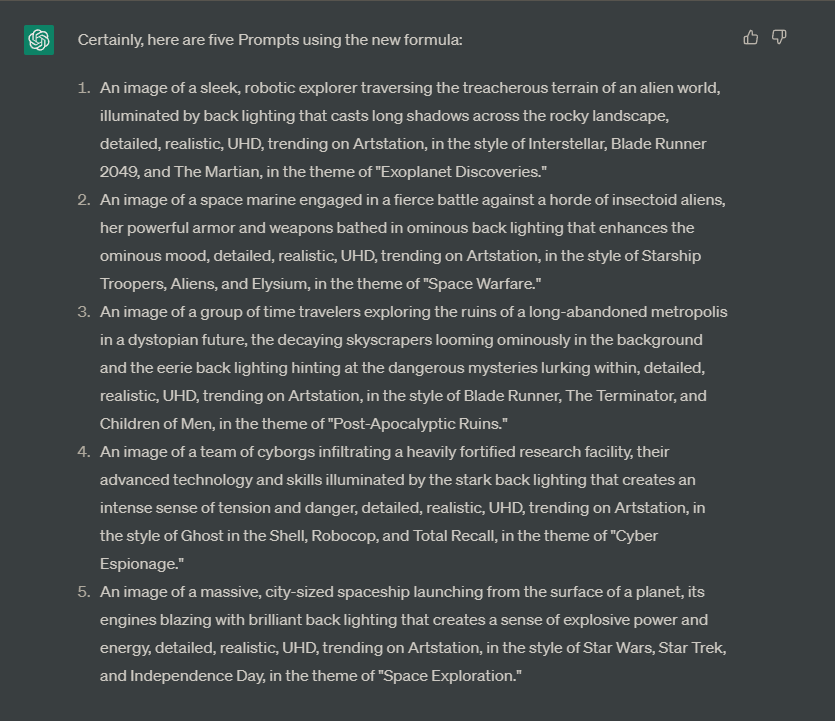If you are experimenting with Text to Image Generative Ai systems like Adobe Firefly, Midjourney, Stable Diffusion or any of the others that are around. This article will show you how to automate the prompting process using ChatGPT in order to streamline content creation and get better more consistent results from the services.

Table of Contents
Related: Ai Voice Changers for OBS | AI voice changer plugin for OBS & Stream Labs.
Generative AI Text-to-Image platforms like Midjourney, Adobe Firefly, BlueWillow, and Stable Diffusion have become increasingly popular over the last few months. And while they are still super controversial and will more than likely replace a lot of jobs in the near future, they are providing artists, designers, and other creatives with an incredible tool for generating unique and creative images with minimal effort.
The only problem with all of the Generative Ai tools is that they require well throughout out and structured prompts to work well. A good prompt will provide the AI algorithms of any of these tools with the necessary information to create an image that matches the initial request. While you can easily do this yourself as you learn what works well and what doesn’t there’s an easier way, especially if you are wanting to create a lot of variations really quickly.
This is where ChatGPT or Bing Chat and even Google Bard can come in handy. You can use these language models to generate structured prompt templates you can use for BlueWillow or any other Generative AI Text to Image tool. So follow along as we take you through the process.
How do you use ChatGPT, Bing Chat or Google Bard to create Prompt Templates for Text-to-Image Ais?
For the best results when using Generative AI Text to Image systems, you should use adjectives, verbs, and nouns that accurately describe the content that you want to create. On top of that, the way you order the text is also important as well. A template like the example below will allow you to tell ChatGPT to create tons of random prompts with a set base.
Original Prompt Template.
An image of [adjective] [subject] [doing action], [backlighting], detailed, realistic, UHD, trending on Artstation, in the style of [Science fiction movie 1], [Science fiction movie 2], [Science fiction movie 3] in the theme of [Random trending topic]
ChatGPT’s Prompt based on the original template.
An image of a [massive], [city-sized spaceship] [launching from the surface of a planet, its engines blazing] with [brilliant backlighting that creates a sense of explosive power and energy], detailed, realistic, UHD, trending on Artstation, in the style of [Star Wars], [Star Trek], and [Independence Day], in the theme of [Space Exploration].
As you can see in the example below ChatGPT was able to replace the content within the [ ] with randomly generated examples. You can recreate a base template using the same basic principles.
Make ChatGPT use your Prompt Template to Generate Prompts.
Now that you know how to write a base template and have a base template you will need to go over to ChatGPT and ask something similar to the following.
"Here's a formula for a BlueWillow image prompt:
An image of [adjective] [subject] [doing action], [backlighting], detailed, realistic, UHD, trending on Artstation, in the style of [Science fiction movie 1], [Science fiction movie 2], Science fiction movie 3] in the theme of [Random trending topic]"

ChatGPT will reply with a generic response first. After this, we can ask it to start writing prompts.
"Create 5 prompts using the new formula"
This will generate some responses you can then copy and paste into BlueWillow or another Text to Image ai tool.

Here’s one final example of an image template idea you can use:
TEMPLATE
An image of [adjective] [female model] [doing action], [creative lighting], detailed, realistic, UHD, trending on Artstation, in the style of [famous book], [famous author], [famous movie] in the theme of [trending on YouTube]
PROMPT RESULTS
An image of a fierce female warrior in battle, her strength and power highlighted by the dramatic, intense lighting that creates a sense of epic conflict, detailed, realistic, UHD, trending on Artstation, in the style of Game of Thrones, George R.R. Martin, and Braveheart, in the theme of "Fantasy and Mythology."
